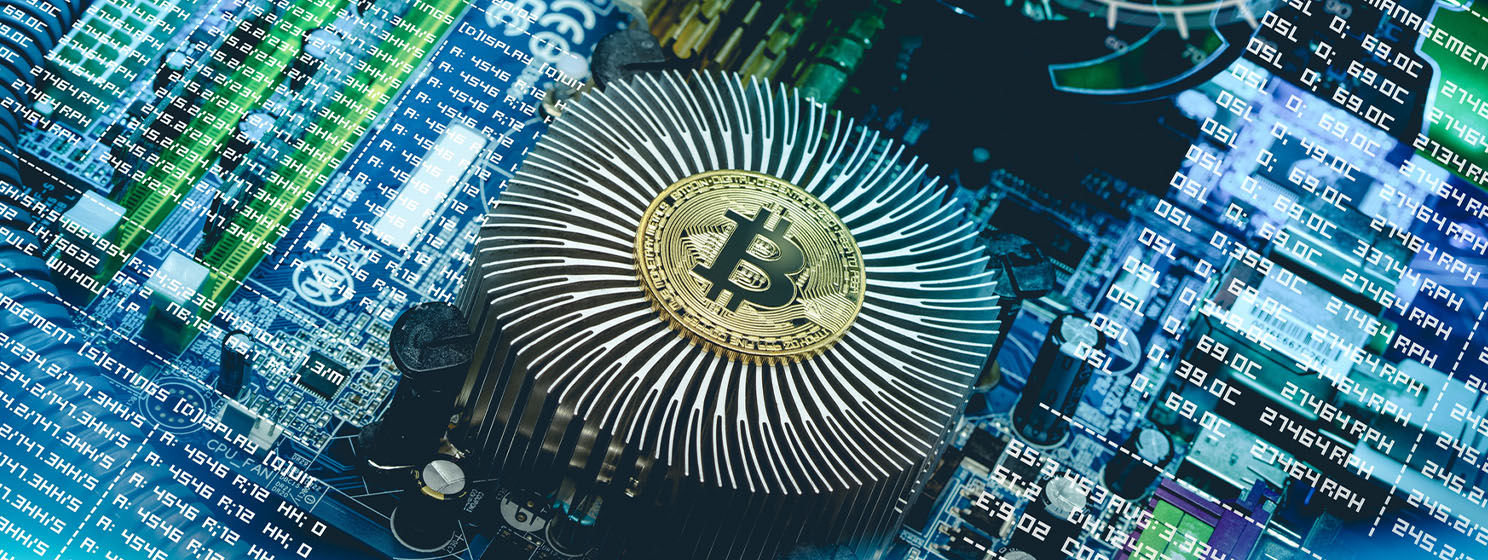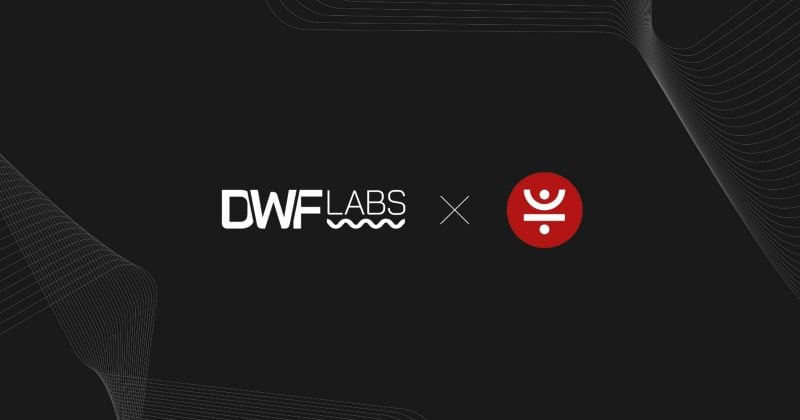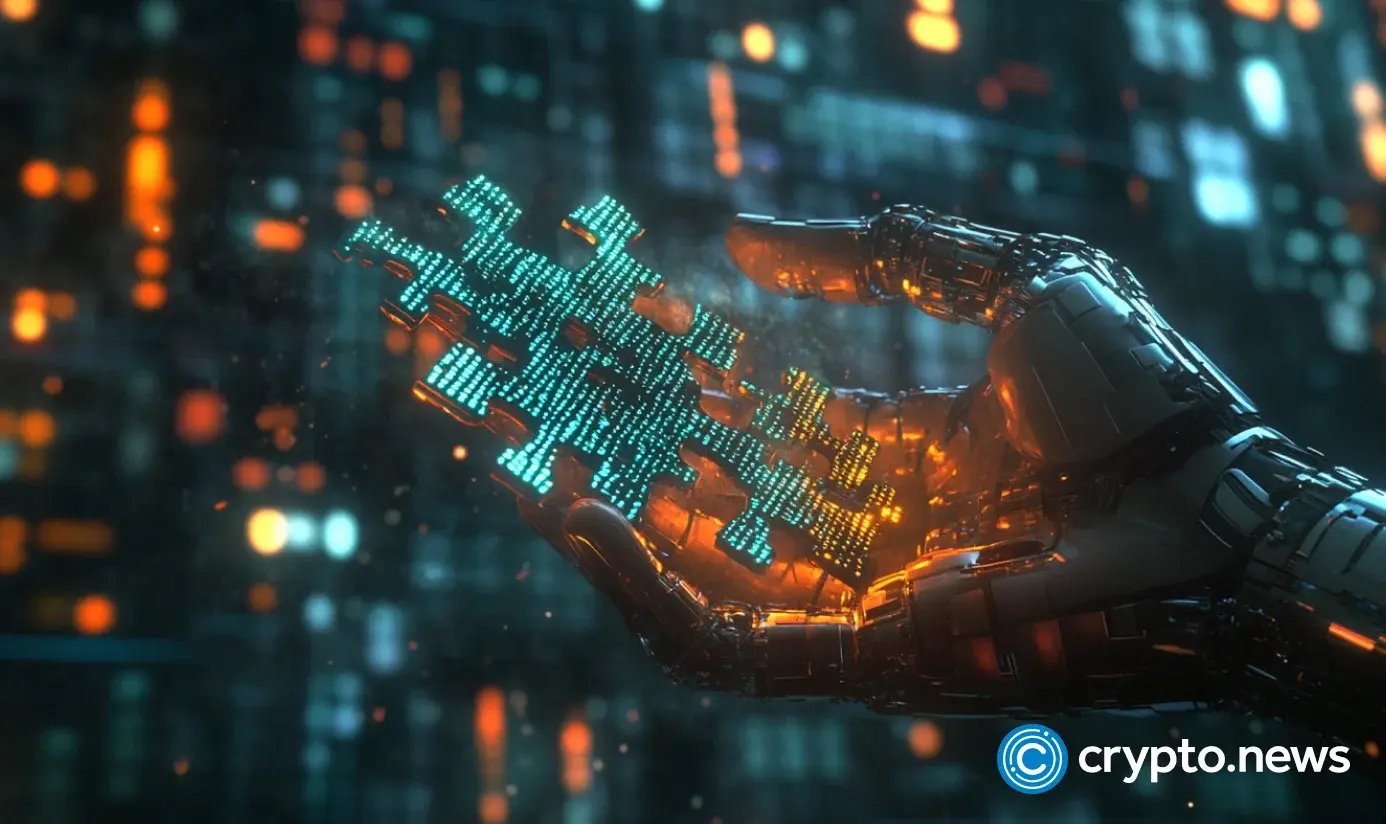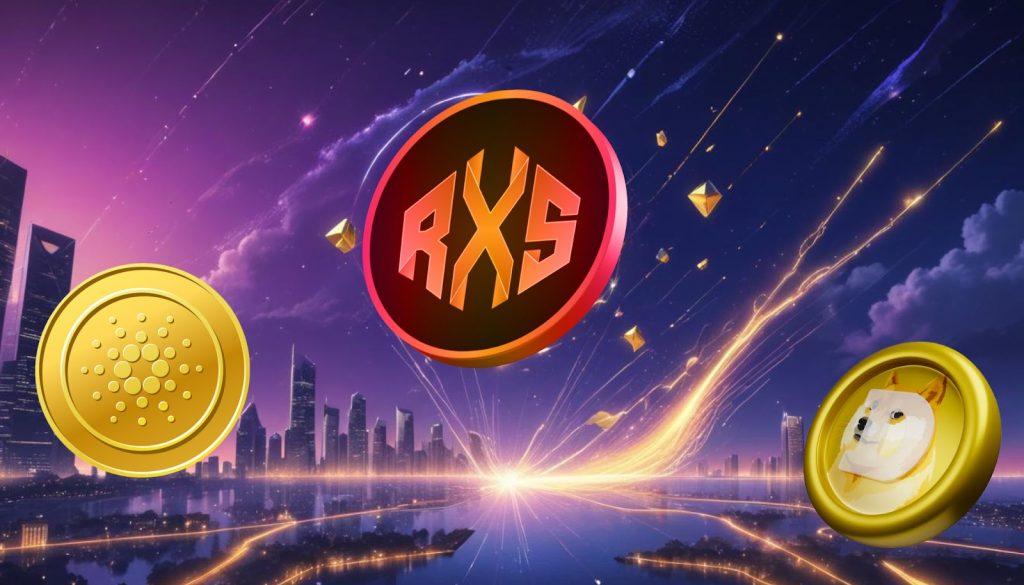This post is a guest contribution by George Siosi Samuels, managing director at Faiā. See how Faiā is committed to staying at the forefront of technological advancements here.
As an enterprise professional, you might not be a stranger to the transformative potential of emerging tech. But are you keeping up with the latest innovations in artificial intelligence (AI) coding, like Cline’s Recursive Chain-of-Thought System (CRCT)?
Wow. A Cline has just built what might be the most advanced context management system we've ever seen. The Cline Recursive Chain-of-Thought System (CRCT) takes AI coding for large codebases to an entirely new level.
All explained below 🧵 pic.twitter.com/eQmCAghI2v
These innovations reveal interesting parallels between human and artificial cognition—especially when tackling the complexities of large-scale codebases. Let’s explore this fascinating convergence and why it matters for your blockchain or AI-driven businesses.
The challenge of complexity: Humans and AI alike
Large, complex codebases—whether powering decentralized applications (dApps) on Ethereum, Hyperledger, or BSV—are a universal challenge. As someone who’s studied human (and now artificial) behavior and cognition for years, I’ve seen how humans and AI struggle with the same core issues: overwhelming information, lost context, and tangled dependencies.
For humans, our cognitive limits—roughly four to seven items in working memory at once, as research shows—make it hard to juggle thousands of lines of code, especially in poorly documented blockchain projects where smart contracts and cryptographic layers add layers of intricacy. Similarly, AI coding assistants, as highlighted in a recent X thread by Cline (@cline), often “forget” project context when their session resets, struggling to maintain state across massive codebases.
This parallel isn’t coincidental. Both humans and AI operate under constraints—biological for us and technical for them. In blockchain development, where code underpins trust, security, and scalability (think smart contracts or consensus algorithms), these struggles can lead to costly errors or inefficiencies. But Cline’s CRCT offers a window into how we can bridge these gaps, revealing shared cognitive patterns.
CRCT’s innovation: A mirror of human thinking
Cline’s CRCT is a breakthrough for AI coding, designed to manage context in large codebases through a recursive, file-based system that maintains state across sessions. It operates in three phases—Setup, Strategy, and Execution—using hierarchical dependency tracking, a .clinerules file, and 90% context compression to keep token usage efficient.
4/ Operating in three phases (Setup, Strategy, Execution), CRCT uses a .clinerules file to maintain state across sessions. Cline automatically loads different plugins based on the current phase and updates the .clinerules throughout development. pic.twitter.com/RlM41TESVP
— Cline (@cline) March 12, 2025But what’s striking for enterprise professionals is how CRCT mirrors human cognitive processes:
1. Recursive reasoning and step-by-step thinking:
CRCT’s “Chain-of-Thought” approach echoes how humans tackle complex problems—breaking them into manageable steps. In blockchain, you might analyze a smart contract’s gas limits, trace its interactions with other contracts, and optimize for performance, all while keeping the big picture in mind. CRCT does the same for AI, recursively processing code relationships to maintain coherence, much like human developers use mental models or flowcharts to navigate code.
2. Context persistence as human memory:
Humans rely on notes, documentation, and memory to retain context in long projects—think of maintaining a ledger (apt for blockchain pros!) of changes in a decentralized app. CRCT’s persistent state management, stored in files like dependency_tracker.md, mirrors this, addressing AI’s “forgetfulness” in a way that parallels how humans use tools to augment memory. For blockchain enterprises, this could mean smarter AI assistants that track smart contract dependencies across nodes, reducing human oversight errors.
3. Dependency tracking as cognitive mapping:
Humans naturally map relationships—whether it’s understanding how a blockchain transaction flows through a network or how modules in a codebase interact. CRCT’s hierarchical dependency tracking, loading only essential information initially and expanding via trackers, reflects this human ability to prioritize and connect dots. In blockchain, where trust relies on transparent, auditable code, this AI-human synergy could enhance governance and security by ensuring all dependencies (e.g., between smart contracts and oracles) are meticulously tracked.
4. Efficiency through compression: Cognitive optimization:
CRCT’s 90% context compression mirrors how humans optimize cognitive load, focusing on what’s immediately relevant and deferring deeper analysis. In blockchain development, you might prioritize auditing critical smart contract logic over less impactful user interface (UI) code. This AI efficiency could translate to faster, cost-effective blockchain solutions, aligning with enterprise goals of scalability and performance.
Why this matters for AI and blockchain enterprises
For you, as enterprise leaders in AI or blockchain, these similarities offer a strategic opportunity. Blockchain’s decentralized nature demands robust, scalable codebases, often spanning thousands (or even millions) of files across distributed networks. Human developers can get lost in this complexity, while traditional AI assistants falter under scale. CRCT’s innovations suggest a hybrid approach where AI augments human cognition, creating symbiotic workflows.
- Enhanced Development for dApps: CRCT’s ability to maintain context and track dependencies could accelerate the development of dApps, ensuring smart contracts are secure, efficient, and interoperable across blockchain networks like Ethereum, Binance Smart Chain, or Polkadot.
- Trust and Transparency: Blockchain thrives on trust, and CRCT’s transparent, auditable dependency tracking could align with blockchain’s principles, giving enterprises confidence in AI-generated code for critical systems.
- Scalability for Enterprise Needs: As blockchain projects grow, CRCT’s efficiency in handling large codebases could reduce development time and costs, aligning with your goals of scaling dApps or integrating AI-blockchain hybrids (as noted in the PMC web result on AI-blockchain synergies).
The future: Human-AI symbiosis in blockchain
This convergence of human and AI cognition isn’t just theoretical—it’s actionable. At Faiā, we’ve recently explored how AI can complement human sensemaking. For blockchain enterprises, adopting tools like CRCT could mean training AI to mimic human reasoning patterns 10x better, while humans leverage AI’s scalability to tackle complexity. Imagine AI assistants that not only generate code for niche blockchains but also explain it in better terms, bridging the “explainability gap,” especially for blockchain governance.
Cline’s community innovation, as evidenced by Cline’s excitement around its user’s GitHub collaborations, shows how enterprise professionals can drive this synergy. By contributing to CRCT or integrating it into your workflows, your developers can shape AI tools that reflect human cognitive strengths—step-by-step reasoning, context retention, and dependency mapping—while addressing blockchain’s unique demands.
Conclusion: A shared path forward
Cline’s CRCT mirrors how humans and machines think alike when facing complexity. For enterprise professionals in AI and blockchain, this connection offers a roadmap to smarter, more efficient development. As you build the next generation of decentralized systems, consider how CRCT’s innovations can unite human intuition with AI’s precision, creating a future where both thrive together in the blockchain ecosystem.
In order for artificial intelligence (AI) to work right within the law and thrive in the face of growing challenges, it needs to integrate an enterprise blockchain system that ensures data input quality and ownership—allowing it to keep data safe while also guaranteeing the immutability of data. Check out CoinGeek’s coverage on this emerging tech to learn more why Enterprise blockchain will be the backbone of AI.
Watch: Understanding the dynamics of blockchain & AI

















 English (US) ·
English (US) ·